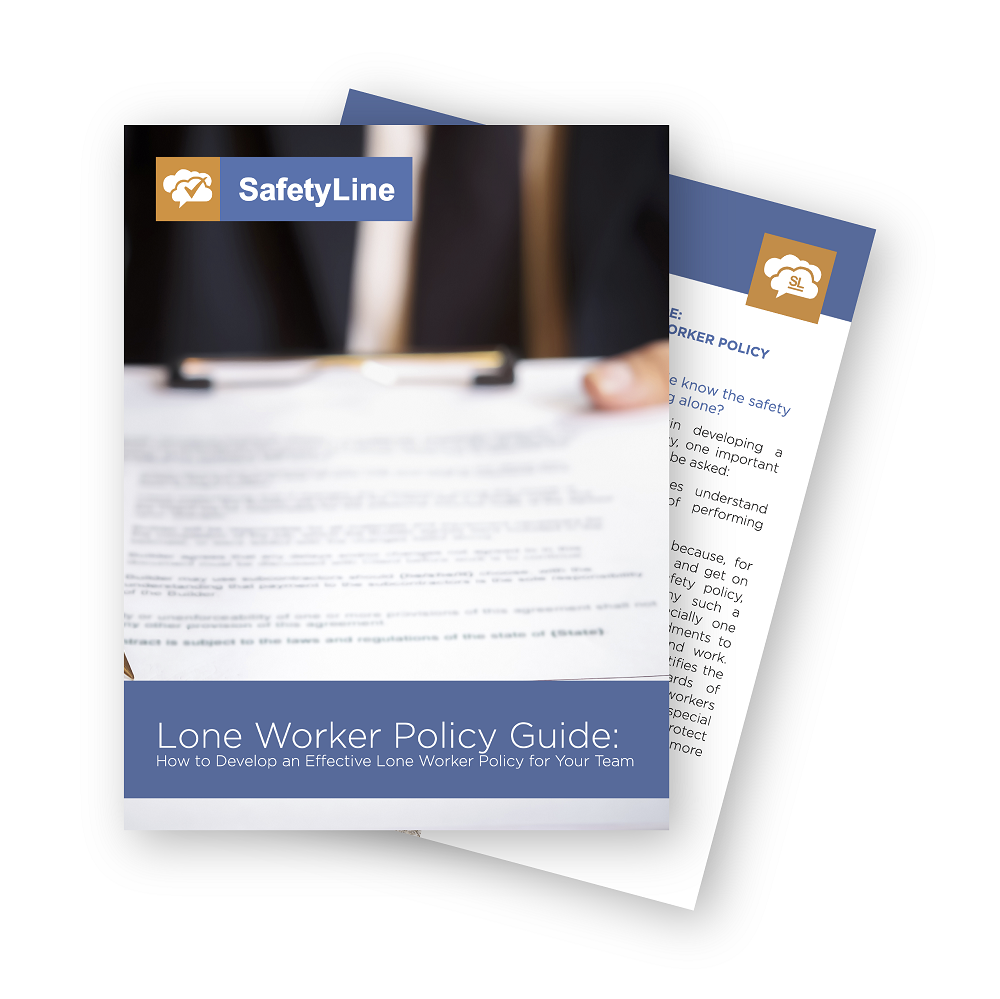Featured Resources
Lone Worker Policy Guide and Template
A lone worker policy is an effective way to ensure that your lone workers are well-educated on your company’s work-alone rules and have extensive knowledge of all workplace hazards that could be encountered on the job.
Hazard Assessment Guide
In the process of doing a hazard assessment for your workplace, it is almost a certainty you’ll learn information about the operational aspects of your organization you were unaware of before the assessment.
View eBook
Develop a Free Lone Worker Program for Small Teams
Developing a free lone worker check-in system is a simple process for small teams that any organization can implement.
View eBook
SafetyLine Blog Categories
General Safety | Lone Worker Safety | SafetyLine News and Updates | SafetyLine Product Updates | Compliance, Policy, and Regulations | Downloadable Resources |
7 Tips on How to Deal with Black Ice
Road ice is slippery business, especially the kind you can’t see: Black ice. Despite the name, black ice is completely clear. Because black ice allows you to see the road, it can be difficult to know when it’s present. With winter just around the corner, it's important to know how to avoid the hazard of ice. In this article, we're looking at some tips to keep you safe when the temperature drops.
Cold Weather Outfits: How to Dress for Cold Weather Work
When you’re dressing for cold weather, you need to find a balance between warmth and function. It’s also important that your clothing is up to the task. Standard PPE and work wear may not be enough, even in layers. In this article, we look at some of the ways that you can stay safe as you dress for cold weather work.
10 Halloween Safety Tips
If you will be taking your kids Trick-or-Treating, you not only want them to have fun going door to door stocking up on candy, but to stay safe while doing so! Keep in mind these 10 Halloween safety tips to have the best time trick or treating!
Hazards Series: Ergonomic Hazards in the Workplace
There are Injuries that are caused by strain placed on the body from ergonomic hazards and aren’t always immediately obvious, making these hazards difficult to detect. In this post from our “Workplace Hazards” series, we’ll take a look at how you can identify ergonomic hazards and remove them your workplace.
20 Questions to Always Ask When Conducting a Hazard Assessment
A hazard doesn’t become safe because you see it happen every day. Common sense, yes, but this “hazard blindness” happens to the best of us. Not using safety goggles becomes part of the norm, and you don’t even notice that the work bench you always work from is unstable anymore. However, if this mindset continues when doing a hazard assessment or inspection, this can spell D-A-N-G-E-R.
How To Ensure Your Workers are Sober and Safe
When a lone worker is intoxicated, the risk related to their job is exacerbated by their altered state of mind, and that can lead to dire consequences. Here to speak to SafetyLine about the issue of drug use in the workplace is harm reduction advocate Gareth Crawford from the Vancouver organization Karmik.
Nurses Call for Personal Alarms After Attack by Patient
It is estimated that violent or potentially violent interactions with patients or clients, also known as "code white", happen as many as 10 times a day. Nurses, who interact with these type of violent patients on a more frequent basis than doctors, are calling for more security including personal alarms.
Top 5 Ways to Ensure a Safe Winter Workplace
According to the National Floor Safety Institute, compensation and medical costs associated with employee slip and falls is approximately $70 billion annually. So what measures can a facility manager take to steer clear of being a part of these statistics?
4 Major Winter Hazards and How to Avoid Them
Winter transcends industry, job and experience level in the workplace. Working outdoors and driving in Canada during winter presents a number of challenges including cold temperatures, avalanches, poor visibility and icy conditions.












